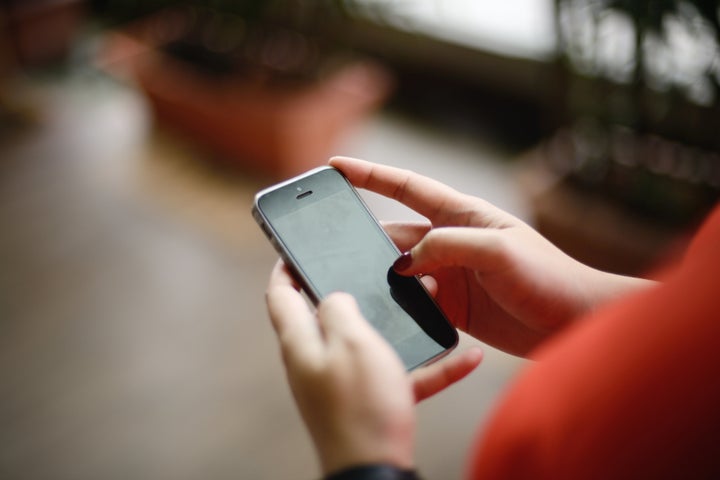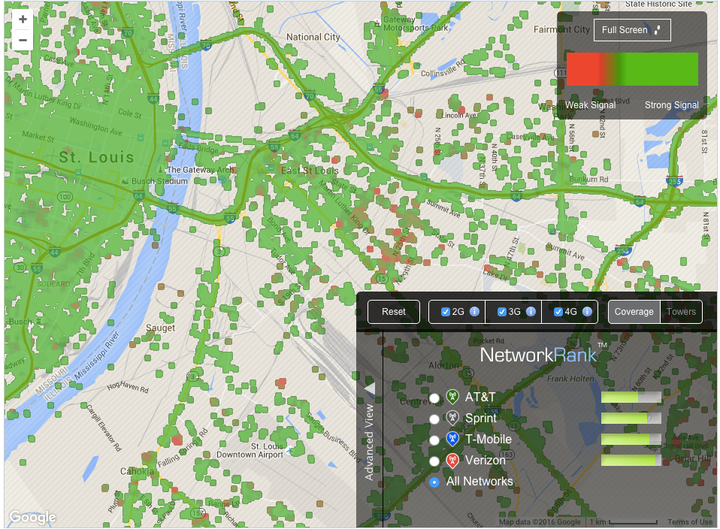
It's not just rural areas that have spotty cell service.
Low-income neighborhoods, even in densely populated regions, tend to have worse mobile phone coverage than wealthier areas, according to a new study from researchers at Cornell University. Their findings offer further evidence that wealth disparities influence Internet access for Americans.
Looking at data from OpenSignal, which maps mobile coverage across several countries, researchers found that low-income areas in the U.S. receive 15 percent less coverage than wealthier regions. In addition, stations that beam mobile signals to users are, on average, three times further away from low-income phone users than more affluent users.
However concerning, the findings shouldn't come as a surprise, according to Aija Leiponen, associate professor of applied economics and management at Cornell and one of the study's authors.
"Telecoms operators are rationally maximizing their profit and providing more services in areas of higher demand," Leiponen told The Huffington Post.
In other words, it's not personal; it's just business.
But even in rural areas with low demand for cell service, more affluent folks can boost their mobile coverage with femtocells, miniature wireless antennas that amplify mobile coverage in places with weak signals. The devices can be pricey, though, barring poorer residents from better mobile service, said Leiponen.

In the U.S., the government has tried to even out some of the disparities in mobile phone and Internet access. The federal Lifeline program, for instance, provides subsidized phone and Internet services to low-income Americans. But the program doesn't guarantee mobile phone coverage to everyone in the country, nor does it ensure that everyone who has a mobile phone receives the same level or quality of service.
Leiponen hopes her study can help spark a broader conversation about whether and how the U.S. ought to guarantee high-quality mobile coverage to low-income Americans.
"This is the first study to really show that this might be an issue worth thinking about in more depth," Leiponen said.
More and more Americans are cutting their landlines and switching to mobile devices to make phone calls, send messages and access the Internet. A full 15 percent of smartphone owners in the U.S. say they rely on their smartphone to get online, according to Pew. Seven percent are "smartphone dependent," meaning they lack broadband Internet at home and have few ways of getting online other than their phone.
Many of those who are most dependent on their smartphones are poor. For them, mobile data is their only portal to the web and, in many cases, their primary vehicle for finding and applying for jobs.
That leaves low-income phone users in a double bind, according to Leiponen, since the areas with spotty mobile coverage are often the very areas that need service the most.
In April, the Federal Communications Commission expanded the Lifeline subsidy to help low-income Americans pay for broadband Internet. But the Cornell study suggests that, for the millions of Americans who rely on their smartphone to access the Internet, cheaper broadband may not be enough to get online.
